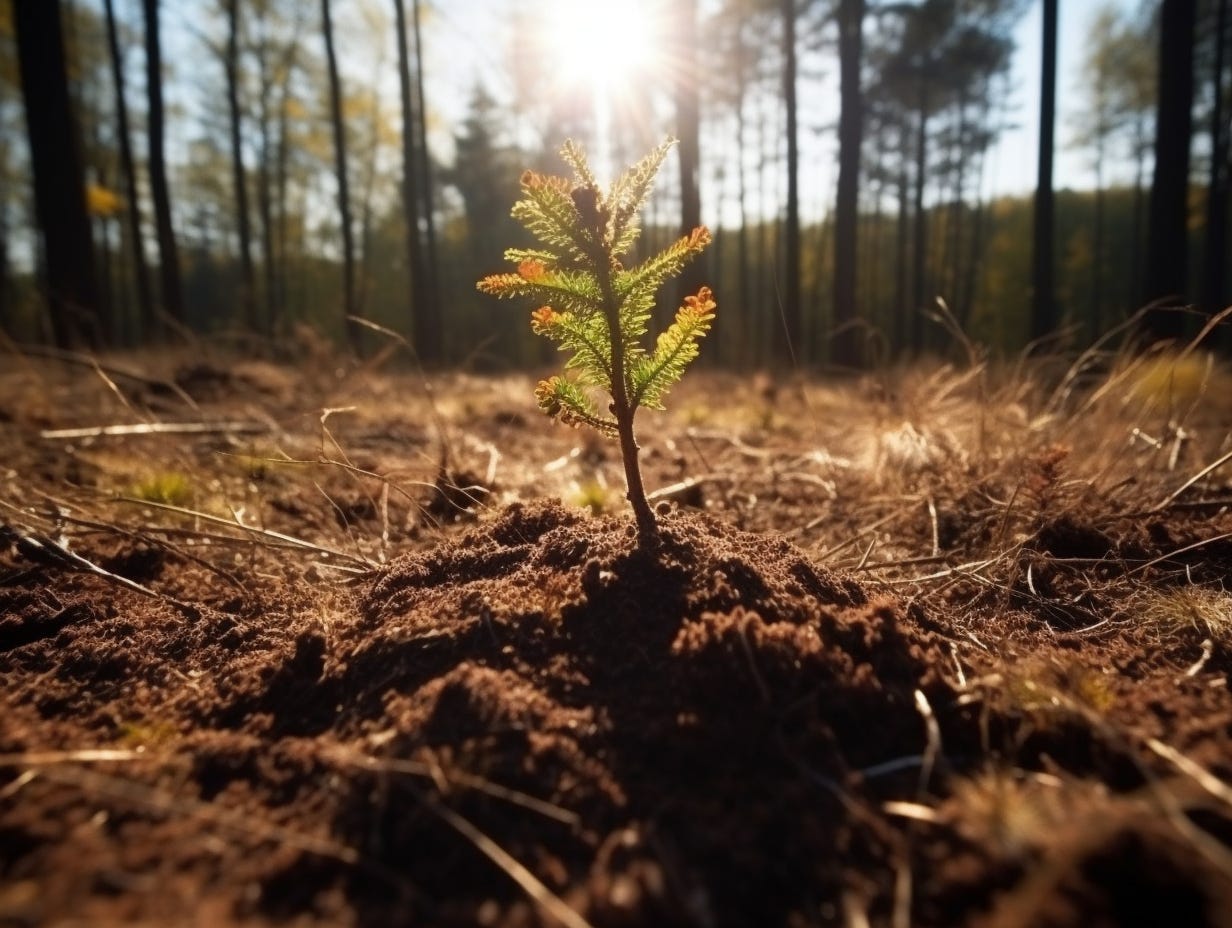🌲 Gravitational waves, trees, Higgs boson: Last week in science
Microbes help trees survive climate change, physicists have discovered a rare decay of the Higgs boson, and LIGO is preparing for new observations of gravitational waves.
Hunt for gravitational waves continues
The Laser Interferometer Gravitational-Wave Observatory (LIGO), designed to search for gravitational waves, resumes operations with improved detectors' sensitivity after a three-year hiatus and multimillion-dollar upgrade. The upgraded observatory will allow researchers to pick up signals from colliding black holes every two to three days. Astrophysicists also hope to detect the gravitational signal of a collapsing star before it manifests as a supernova explosion.
A little help from microbial friends
While it's challenging for trees to respond to climate change, the microbial communities that help plants access soil nutrients also increase their tolerance to climate stress. Research has shown that soil microbe communities sourced from colder or drier sites increased the survival of inoculated tree seedlings exposed to cold winters or drought. Understanding microbially mediated climate tolerance enhances our ability to predict and manage the adaptability of forest ecosystems to changing climates.
A rare Higgs boson decay
Physicists working at the Large Hadron Collider found the first evidence of the rare process where the Higgs boson decays into a Z boson, the electrically neutral carrier of the weak force, and a photon, the electromagnetic force carrier. This decay could provide evidence of the existence of particles beyond the predictions of the Standard Model.
Elia Kabanov is a science writer covering the past, present and future of technology (@metkere)
You can also read this post in Russian.
Illustration: Elia Kabanov feat. MidJourney.


